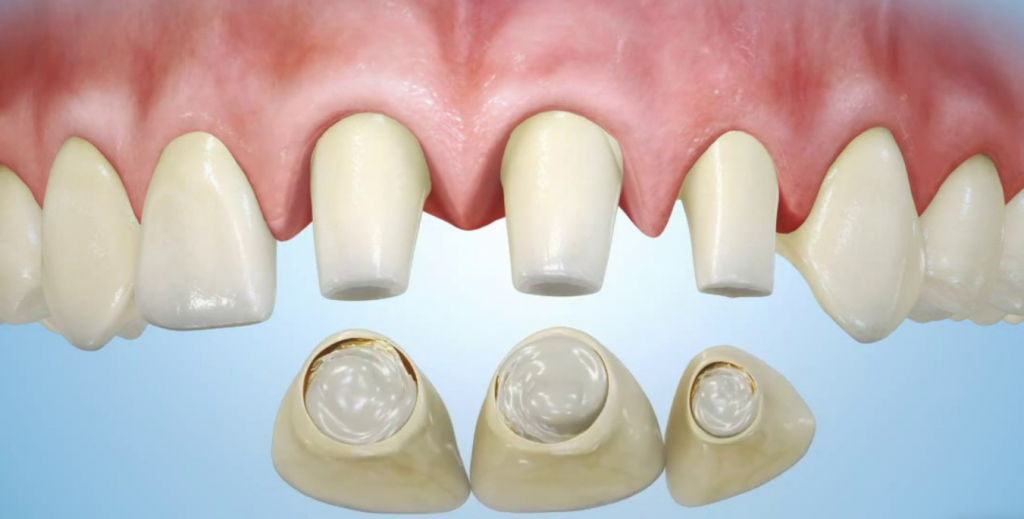
Key Features Every Dental Practice Website Should Have
In this digital age, having a strong online presence is crucial for any business, and dental practices are no exception. With more patients turning to the internet to find and compare services, dental websites have become an essential tool in attracting and retaining clients. But what makes a dental website stand out amongst the crowd? Several key features can significantly enhance a website’s performance, making it a valuable asset for any dental practice. Whether you’re looking to build a new website or improve an existing one, understanding these features can provide a roadmap to creating a more effective online presence. In this article, we’ll explore the key features every dental practice website should have to ensure it serves your patients effectively and elevates your practice to new heights.
1. User-Friendly Navigation
User-friendly navigation is crucial for any dental website. It makes the difference between a frustrating experience and one that leaves patients satisfied. Easy and intuitive navigation allows site visitors to find what they’re looking for with minimal effort, whether it’s service information, opening hours, or contact details. A clean, well-organised layout with clearly labelled tabs and sections contributes to smooth navigation. Furthermore, it is critical to ensure that the website’s structure follows a logical path, guiding visitors from one page to another in a way that makes sense. The easier it is for patients to navigate your site, the more likely they are to remain on it, explore your services, and ultimately get in touch with your practice.
2. Mobile Responsiveness
Another critical feature of dental websites is mobile responsiveness. With over half of all internet traffic coming from mobile devices, your website must perform well on all screens, from desktops to smartphones. A mobile-responsive site automatically adjusts its layout, images, and functionalities to fit the screen on which it’s viewed. This ensures that all visitors have an optimal viewing experience, regardless of the device they’re using. Not only is mobile responsiveness essential for user experience, but it also impacts your website’s search engine ranking. Google favours mobile-friendly sites, so ensuring responsiveness can help improve your visibility online. Embracing mobile responsiveness is not just a suggestion; it’s a necessity in our increasingly mobile world.
3. Clear Service Information
Presenting clear service information is pivotal for successful dental websites. Potential patients want to know exactly what services your practice offers and how these can benefit their oral health. Detailed descriptions of each service, presented in layman’s terms, can help patients understand what to expect and make informed decisions. Additionally, include a frequently asked questions (FAQ) section addressing common queries and concerns. This not only provides valuable information for patients but also positions your practice as a dependable and knowledgeable resource. A clear, comprehensive presentation of services can also enhance the website’s SEO performance, drawing a wider audience to your practice.
4. Patient Testimonials and Reviews
Testimonials and reviews from satisfied patients play a significant role in attracting new clients. They provide social proof of the quality and reliability of your dental services, building trust with prospective patients. A dedicated section for testimonials and reviews on your dental website allows visitors to read about others’ experiences, offering a real-world perspective on your practice. Encourage your clients to share their feedback and make these reviews easily accessible on your site. It’s important to respond promptly and professionally to any negative comments, showing that you value your patients’ feedback and are committed to improving your services.
5. Online Booking System
In our fast-paced world, convenience is key. An online booking system is a feature that patients appreciate for its simplicity and efficiency. It allows them to schedule appointments at their convenience, without being limited to practice hours. By integrating an online booking system into your dental website, you offer a seamless, user-friendly experience that accommodates busy schedules. This system also frees up time for your office staff, allowing them to focus on providing excellent in-person care. Furthermore, it can help reduce missed appointments by sending automated reminders to patients. Remember, the easier you make it for patients to connect with your practice, the more likely they are to return.
6. Educational Content and Resources
Educational content and resources are integral to dental websites. Offering well-rounded, easily digestible information about oral health and dental procedures not only positions your practice as an authoritative source but also empowers patients to make informed decisions about their dental health. This content can take various forms, from blog posts and articles to downloadable guides or interactive tools. Furthermore, educational resources contribute to your website’s SEO performance, drawing more traffic and encouraging longer visits. By providing valuable information, you demonstrate a commitment to patient education, which builds trust and fosters patient loyalty.
7. Contact Information and Location
Last but certainly not least, the inclusion of clear contact information and location is essential in dental websites. Patients need to know where your practice is located and how they can reach you. Ensure your contact details – including phone number, email address, and physical address – are easy to find, preferably on every page. Additionally, consider adding a Google Maps widget for easier location pinpointing. If your practice has multiple locations, dedicate a page to each, detailing individual contact information and operating hours. Remember, the easier it is for potential patients to contact you, the higher the likelihood they will make that crucial first appointment.

